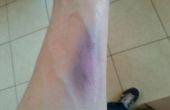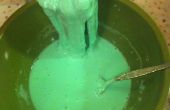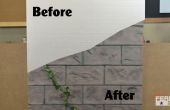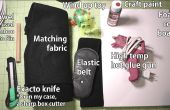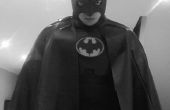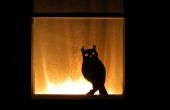Paso 16: programa de
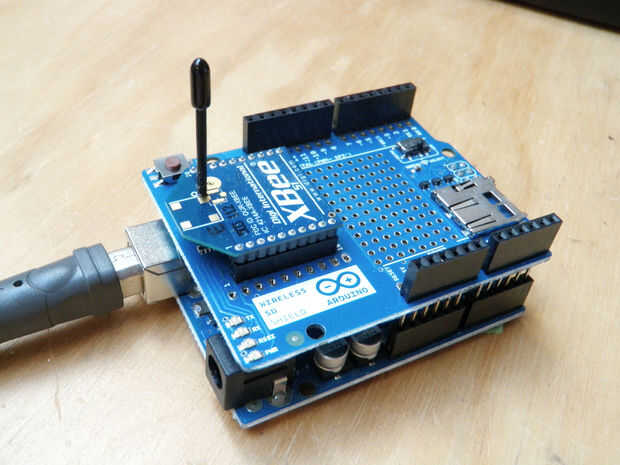
Mueva el interruptor en el escudo de Wireless SD a USB y luego conectar.
Programar el Arduino con el siguiente código:
/* * The Anti-Halloween House * ///////////////////////// * Detects movement and turns off house lighting * Based on the following in the comment section below: * * * ////////////////////////////////////////////////// * //making sense of the Parallax PIR sensor's output * ////////////////////////////////////////////////// * * Switches a LED according to the state of the sensors output pin. * Determines the beginning and end of continuous motion sequences. * * Kristian Gohlke / krigoo (_) gmail (_) com / http://krx.at * 3. September 2006 * * kr1 (cleft) 2006 * released under a creative commons "Attribution-NonCommercial-ShareAlike 2.0" license * http://creativecommons.org/licenses/by-nc-sa/2.0/de/ * * * The Parallax PIR Sensor is an easy to use digital infrared motion sensor module. * (http://www.parallax.com/detail.asp?product_id=555-28027) * * The sensor's output pin goes to HIGH if motion is present. * However, even if motion is present it goes to LOW from time to time, * which might give the impression no motion is present. * This program deals with this issue by ignoring LOW-phases shorter than a given time, * assuming continuous motion is present during these phases. * */ ///////////////////////////// //VARS //the time we give the sensor to calibrate (10-60 secs according to the datasheet) int calibrationTime = 30; //the time when the sensor outputs a low impulse long unsigned int lowIn; //the amount of milliseconds the sensor has to be low //before we assume all motion has stopped long unsigned int pause = 5000; boolean lockLow = true; boolean takeLowTime; int pirPin = 3; //the digital pin connected to the PIR sensor's output int ledPin = 13; void setup(){ Serial.begin(9600); pinMode(pirPin, INPUT); pinMode(ledPin, OUTPUT); digitalWrite(pirPin, LOW); //give the sensor some time to calibrate for(int i = 0; i < calibrationTime; i++){ //delays 30 seconds for sensor to callibrate delay(1000); } delay(50); } void loop(){ if(digitalRead(pirPin) == HIGH){ digitalWrite(ledPin, LOW); //controls the relay that controls the light bulb if(lockLow){ //makes sure we wait for a transition to LOW before any further output is made: lockLow = false; Serial.println('y'); //turns off the light when movement present delay(50); } takeLowTime = true; } if(digitalRead(pirPin) == LOW){ digitalWrite(ledPin, HIGH); //controls the relay that controls the light bulb if(takeLowTime){ lowIn = millis(); //save the time of the transition from high to LOW takeLowTime = false; //make sure this is only done at the start of a LOW phase } //if the sensor is low for more than the given pause, //we assume that no more motion is going to happen if(!lockLow && millis() - lowIn > pause){ //makes sure this block of code is only executed again after //a new motion sequence has been detected lockLow = true; Serial.println('x'); //turns on the light if no movement present delay(50); } } } Cuando haya terminado, desconecte el Arduino y mueva el interruptor a "micro SD"
